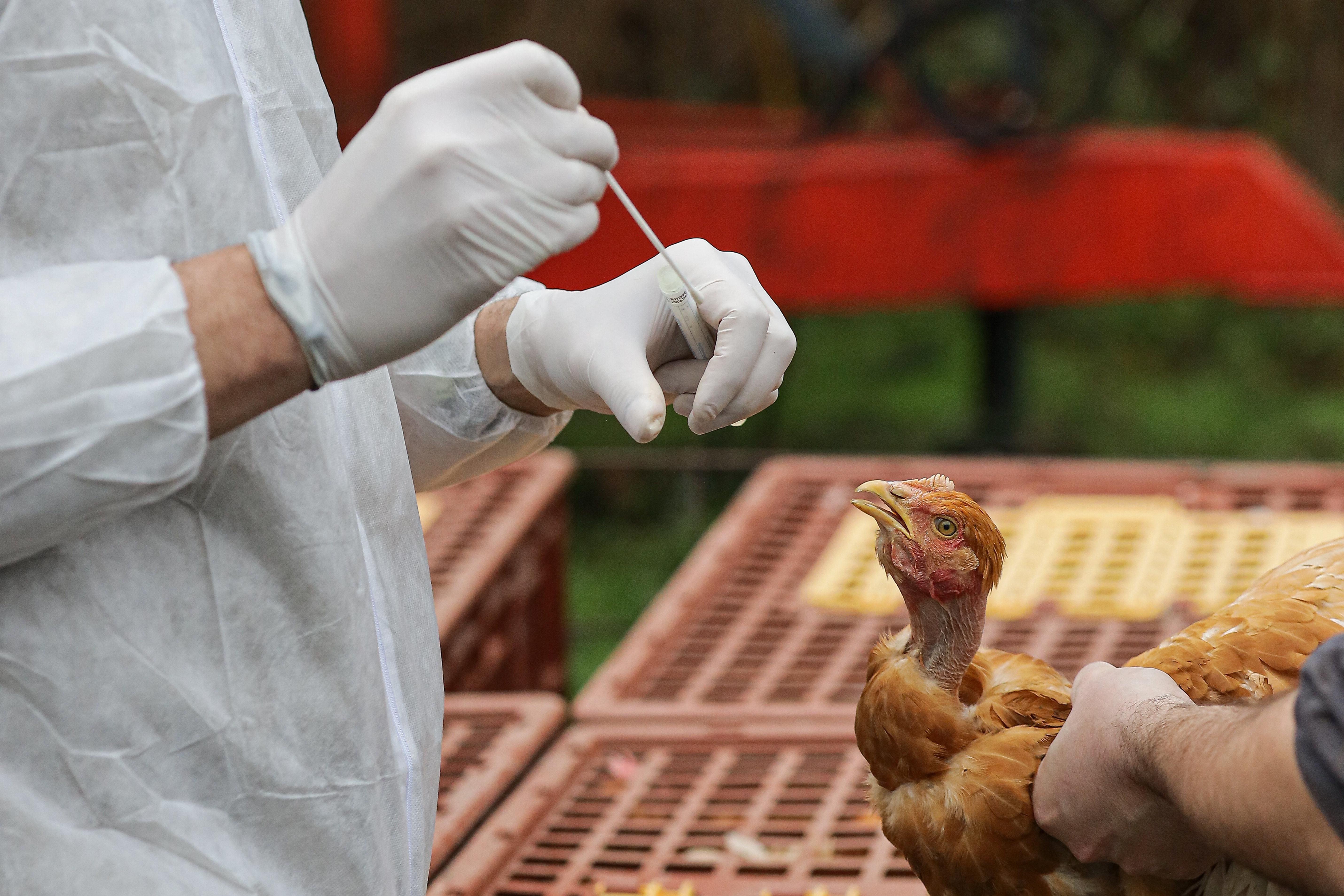After cases in Cambodia, UK health experts share details of Covid-style plans against bird flu. Plans that contemplate any eventuality, even a model for the scenario currently considered unlikely that the virus will mutate and become capable of causing a pandemic in humans. “It is necessary to be prepared for the worst”: the reason for this preparatory activity was thus illustrated by one of the experts at the ‘BBC’, in these days in which the spotlights of the international health authorities have been turned on the H5N1 virus, which led to death of an 11-year-old Cambodian girl and a second confirmed case of positivity, that of the girl’s father. The line is, therefore, to remain vigilant.
The UK Health Security Agency (Ukhsa) points out that there is no evidence that the H5N1 virus is an imminent threat to humans, although some people become ill after contact with infected birds. But the World Health Organization (WHO) itself has called for greater surveillance by all countries.
In preparation for a worst-case scenario of human-to-human spread, Ukhsa is building prediction models of how many could be infected and become seriously ill, assessing whether tests and blood tests would help, and which genetic mutations could signal an increased risk for human health. As for vaccines, there are already several candidates for bird flu that could help. And, as highlighted during a meeting in recent days, WHO-affiliated laboratories already hold two strains of influenza viruses closely related to the circulating H5N1 virus, which manufacturers can use to develop new vaccines if needed.
Minelli
“Without wanting to raise the specter of new pandemic risks, which are impossible to exclude a priori regardless of whether the pathogenic entities are already known or possibly unknown, the health authorities have a duty to worry about the scenarios that could open up from an uncontrolled spread of the so-called avian flu. The well-known events of 2006 bring to mind the safety measures already hypothesized for the containment of avian flu which in that season was kept absolutely under control. Today, however, in the light of the wealth of scientific knowledge and of health methodologies acquired since 2019, we could hypothesize a barrier to the pandemic risk of avian flu with the use of the vaccine, which remains the only truly suitable tool on the prevention front”. Thus at beraking latest news Salute the immunologist Mauro Minelli, coordinator for Southern Italy of the Foundation for Personalized Medicine, commenting on the choice of UK health experts.
“It is therefore time to refine these mechanisms and allow any vaccines in preparation to be pooled in the short term, starting with those territories where a viral storm could break out, for the usual, a thousand socio-health dynamics over and over again reaffirmed in the convulsive phases of the past months, which however – Minelli specifies – it will be good for everyone to avoid evoking a bogeyman, like Aesop’s shepherd boy with the wolf”.
Move
“Now the risk for humans seems to be low. But in principle it could be. In the sense that these viruses can mutate” and acquire the ability to “infect humans more easily than is currently happening”. And in a similar case, “with these characteristics, it could also spread from person to person”, underlines to beraking latest news Salute Giuseppe Remuzzi, director of the Mario Negri Irccs Institute for Pharmacological Research, who explains what we know about the virus and what we can predict .
If on paper it cannot be excluded that avian flu becomes a more concrete threat to man, “on the other hand it must be remembered – observes Remuzzi – that the virus has been around for 25 years and it is not so easy” that there is a breakthrough of this kind, “even if” in this period “several cases have been detected in mammals” and even if “there may be some mutations that we cannot predict at this moment”. Speaking of unexpected turns, the Italian scientist recalls “what happened in 2009”. The A/H1N1 virus, which became pandemic that year, was in fact a gene reassortment, a subtype of human influenza virus that was the result of a combination of two swine influenza viruses that contained genes of avian origin and Human. “These gene exchanges are phenomena that occur and occur at random. It is therefore difficult to say whether this will cause the next pandemic”. And the threat could come “also from another virus”, he points out.
For bird flu, “the possibility of it passing to humans already exists and has already been seen. But the person must come into very close contact with an infected bird, dead or alive, or with surfaces contaminated by” liquids or biological material of “infected animals”. And in fact, Remuzzi points out, “in countries where these passages from animals to humans are easier, people live with chickens at home or in any case in close contact with poultry”.
